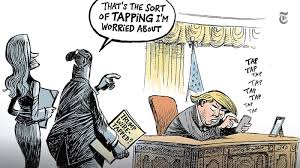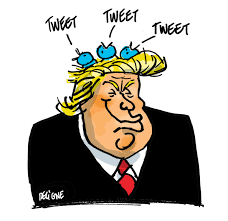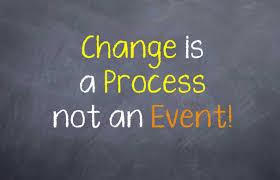
We live in an era of “electronic town halls” which, as Neil Postman points out, bear little resemblance to their eighteenth century face to face counterparts. He calls them a “packaged, televised pseudo-event”. Information is disseminated through robo-calls or email “blasts”. Thoughtful, well-written letters to the editor, reflecting on the issues of the day have been replaced by vitriolic on-line “comments” which make pronouncements, or try to score political points, without any pretence of attempting to engage in a meaningful dialogue on a topic or news story. We share “personal” stories on Facebook – in a kind of “look at me, look at me” attempt to publicize the fleeting and often mundane happenings of our day to day lives, and many of us work hard to appear clever or profound throughout the day in 140 characters or fewer on Twitter. In a society of multi-taskers and short attention spans – the sound-bite is king! As a result, we have become a society of "posers". It is hardly surprising that the most common photos taken these days are selfies. After all, why record a scene or event without having ourselves front and centre?
In many schools, Heads are equally walled off from really listening to their various stakeholders. Aside from Board meetings, most school leaders do not get much authentic feedback from anyone else. Staff meetings, and leadership team meetings are all too often echo chambers, in which challenging the Head on too many issues might get you persona non grata status around the table so, as a result, dissent gets either tuned out or suppressed. Parents, en masse, rarely get a chance to give collective voice to concerns either. Contact with administrators in general tends to be fleeting and superficial and large meetings are usually set up to disseminate information rather than to solicit new ideas and perceptions.
So, as a school leader, what can you do? Surveying is helpful. Anonymous "survey monkey" style surveys for parents, staff, and even students can glean you great insights into the general mood and perceptions of your various stakeholders. Focus groups, with an outside facilitator, can also gain you access to some voices that might otherwise go unheard. And, most importantly, managing by walking around. Taking time to talk and listen, and to demonstrate that you really value what is being said to you. Be careful not to take the "cocktail party" approach when you are having a conversation with parents, or staff where you are looking over their shoulders for someone more "interesting" to connect with. Little, personal things help to break down barriers and counter the cold, hard world of electronic communications.
We now really do live in McLuhan’s “global village”. It is our challenge to insure that it is not a village made up of individual, isolated e-huts but rather a place where we can still hold on to the human dimension of our personal relationships. A place where we all stop before we press the send button and ask ourselves – “would we say this to a real person’s face, or have we become a dehumanized society that takes shots at each other’s impersonal avatars and screen names”?
Technology can bring us together, or drive us apart. It’s up to us to choose. In the meantime work on being a human, not a bot!
Next post, what you can learn by listening...










 RSS Feed
RSS Feed